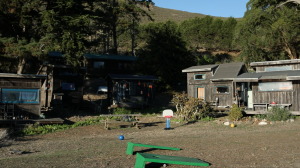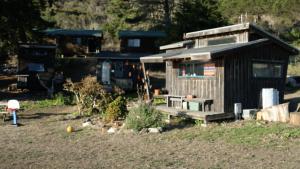
Established 35 years ago, the Marin Agricultural Land Trust (MALT) works to protect local farms and ranches from being purchased for commercial or residential use. This allows local farms to continue raising and distributing crops and livestock.
Isabel French, the marketing communications manager at MALT, strives to maintain the strong presence of farms in Marin. According to French, there are approximately 167,000 acres of farmland in Marin County, 32,000 acres of which are located on the Point Reyes National Seashore and the Golden Gate National Recreation Area. This leaves 135,000 acres of privately owned farmland in the county.
Land in Marin has proven to be a precious and expensive resource, and MALT works to protect that land for farmers. As plans to develop residential areas expand in Marin, MALT works to maintain the landscape that farmers rely on to operate their farms.
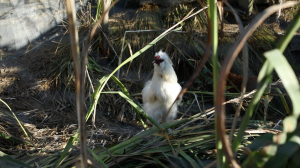
According to the MALT website, it’s not just Marin that suffers from land loss. Farmland across America is deteriorating.
“Every minute of every day, we lose more than an acre of farmland across the country. The threat of loss can be a farmer’s constant companion,” MALT states on their website.
In addition to the fear of losing their land, farmers in Marin feel overshadowed by those in Sonoma, according to the livestock supply and marketing manager of Marin Sun Farms in Point Reyes.
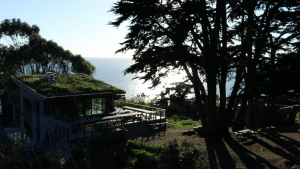
Agriculturally-oriented locations in the North Bay, such as Petaluma, are known for the vast amounts of land dedicated to cattle and crops. According to Alessa Palmer a marketing and livestock supply manager says Marin soil is unique in comparison to land further north.
“Marin has got really amazing fertile land and has a really unique ecosystem where you’ve got this coast fog that comes in and keeps the grass green longer,” Palmer said.
The desirable commodities that come with owning or living on land in Marin are accompanied by a high cost. According to DataUSA.com, the median property value in Marin is $974,600.
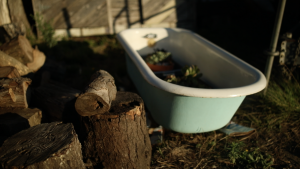
“The biggest downside is it’s so expensive, land is really expensive and it’s going up, you know the tech industry is pushing land prices up as folks are moving further north, the grape industry is pushing prices up because people are playing up more and more land for grapes,” Palmer said.
In Marin, it is usually difficult to have a farming business. According to French, a large setback in having a farm in Marin is the struggle to make profit.
“There’s a pretty broad array of ranches. If you look at different areas of the country, there’s factory farms on thousands of thousands of thousands of acres. Here in Marin, most of the parcels are one thousand acres or smaller, so that actually makes it more difficult in some ways to make a living if you have less land and fewer animals, so you’re selling less,” French said.
Despite all of the challenges farmers face, many of them continue to live in Marin. According to French, farms in Marin are typically passed down through generations of families. The reason why farms in Marin continue to stay in the county, rather than moving to a cheaper area with more land, is due to extensive family history in the area.
“I think family is keeping us in Marin. I think our customers and the network of farms that we work with [are] keeping us in Marin,” Palmer said.
MALT’s aim is to protect local farms one by one by avoiding developmental plans that take over fifth-generation farmers and their landscapes.
“We [protect farms] by purchasing something called a conservation easement on the land, which essential extinguishes development rights on the property,” French said.
Organizations like MALT and supportive consumers keep Marin farms in business and motivate farmers to continue raising crops and animals.
In addition to MALT, individual ranches also seek to support their community, but with a different approach. Slide Ranch, located just over Muir Beach, seeks to educate youth regarding sustainable agriculture and the importance of disconnecting from digital screens.

Alexander Pozarycki, an intern for a teaching program at Slide Ranch, understands the value of having a human connection with nature.
“One of the reasons I’m here is for kids to actually step away from the screens and feel something real and actually get their feet wet in the ocean and feel a real tide pool, not just see it online,” Pozarycki said.
Farms in Marin, like Slide Ranch, take advantage of their isolated location and breathtaking landscape to teach students about the natural beauty of Marin and how to appreciate it. These educational programs serve as an opportunity to improve the appreciation teens have towards the environment.
“I think overall, Marin’s a really unique place, not only because of the landscape and the environment it creates for growing livestock, animals, vegetables and everything, but I do think it’s also a unique collection of people that attracts customers and people who care about where their food comes from and how it’s raised and how it’s grown,” Palmer said. “I think that’s something special of Marin that’s definitely not true of everywhere else in the country.”
